fried chicken, japanese food, karaage
Karaage: The Amazing Story of Japanese Fried Chicken!
James Lau
Posted on September 29, 2022
Share:
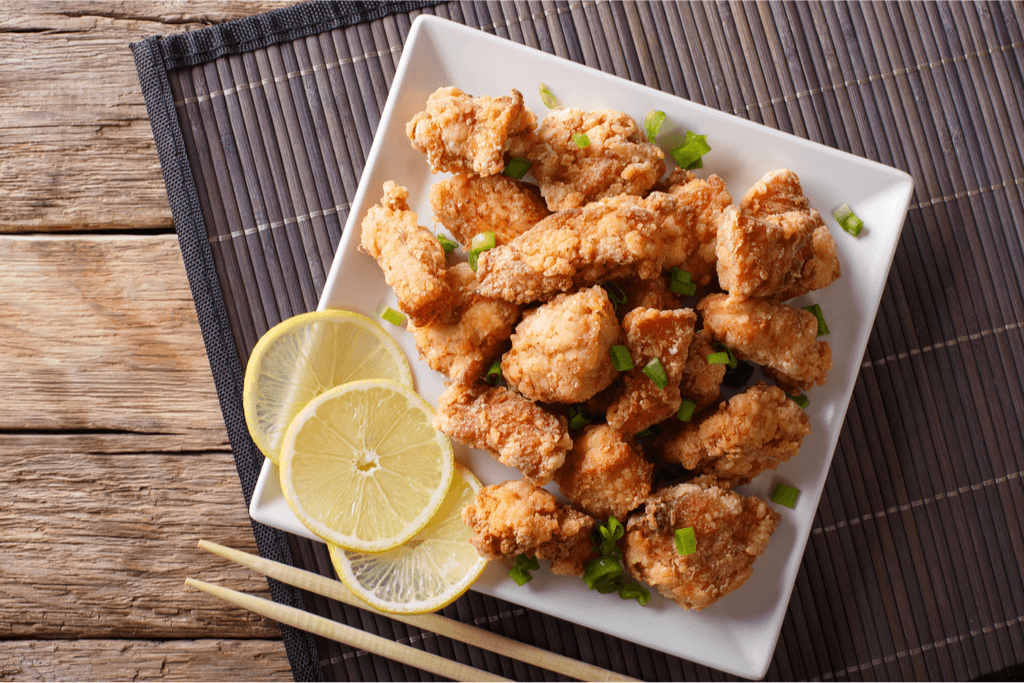
Karaage, also known as Japanese fried chicken is golden, juicy and crispy. It comes in many varieties from all over Japan, and utilizes many different flavors. In this piece, we will explore what makes karaage unique, its origins, and its worldwide fame.
Not Just Fried Chicken
Karaage(唐揚げ) is the name of a cooking technique where people lightly coat meat and vegetables in flour before deep-frying it in oil.
While this seems similar to another popular Japanese deep-fried dish, tempura, karaage ingredients are marinated before coated in starch. Meanwhile tempura style uses a thick batter instead. These days however, karaage is synonymous with chicken.
The word “kara” (唐)in karaage is a tribute to the legacy of the Tang Dynasty in China, which uses the same kanji. Because of this, “kara” once referred to things of Chinese origin.
Today’s Karaage
Modern Japanese fried chicken was originally introduced to Japan through Chinese chefs when they would deep fry tofu in a similar manner for vegetarian meals.
However, it wasn’t until the 1930s when karaage finally debuted on a restaurant menu and began marking its place in Japanese cuisine. The boom of karaage spread across Japan but became particularly popular in the city of Usa in Oita Prefecture.
Usa City, Oita is home to the first karaage specialty store, “Karaage Shosuke”. Later on, [To commemorate this even further, there’s even a 2013 movie Karaage☆USA–featuring former Morning Musume idol Ai Takahashi. Both of these factors solidify the city and Oita Prefecture in general as the birthplace of karaage.
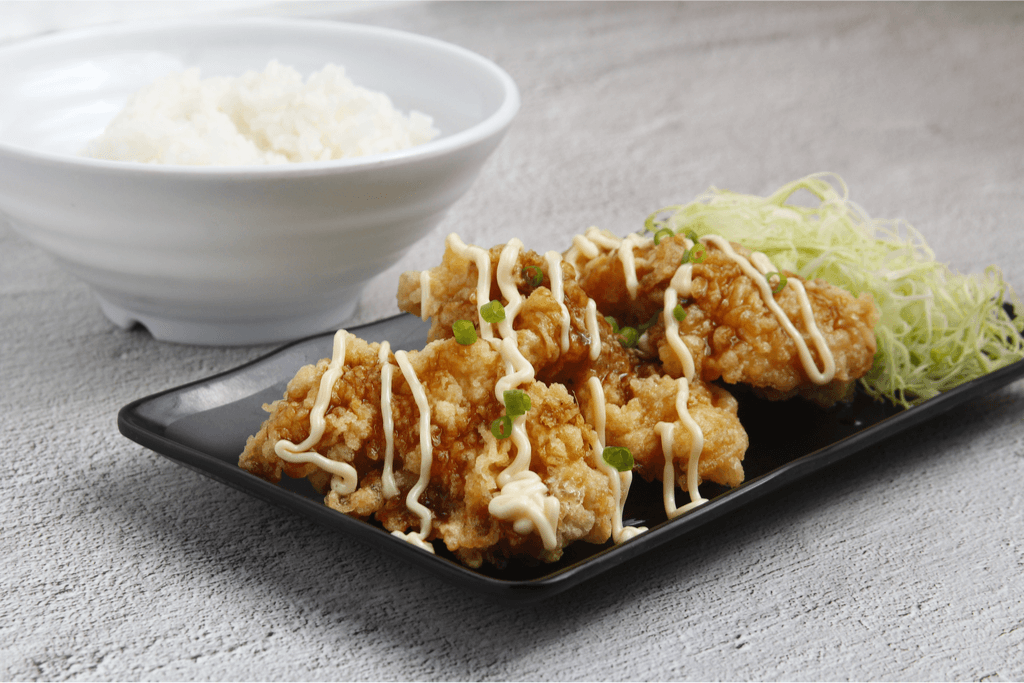
Eventually, the popularity of the karaage specialty stores would make its way over to the neighboring city of Nakatsu. The two cities boast many Japanese fried chicken stores specialty stores, ranging from restaurants to stalls, and each store every secret recipe is unique and strongly guarded.
Today, karaage has become a part of the city of Usa, from its city mascot ,“Usakara-kun,” to being a local staple food. As a matter of fact, the 2013 movie, “Karaage☆USA” features former idol Ai Takahashi as the lead role.
But Usa City isn’t the only place in Japan that boasts amazing karaage. Here are some other regional varieties that you can enjoy as well.
Can’t get enough of the Japanese gourmet experience? Try out Sakuraco! Sakuraco delivers traditional Japanese snacks, sweets, tableware, teas, and more from local Japanese makers right to your door!
Sanzoku-yaki – Nagano Prefecture
The words “sanzoku” and “yaki” mean ”bandit” and ”grilled” respectively. However, despite the word “yaki” in its name, this dish isn’t grilled, but deep-fried in oil instead. First, the chicken thighs are marinated in soy sauce with grated garlic and onions.
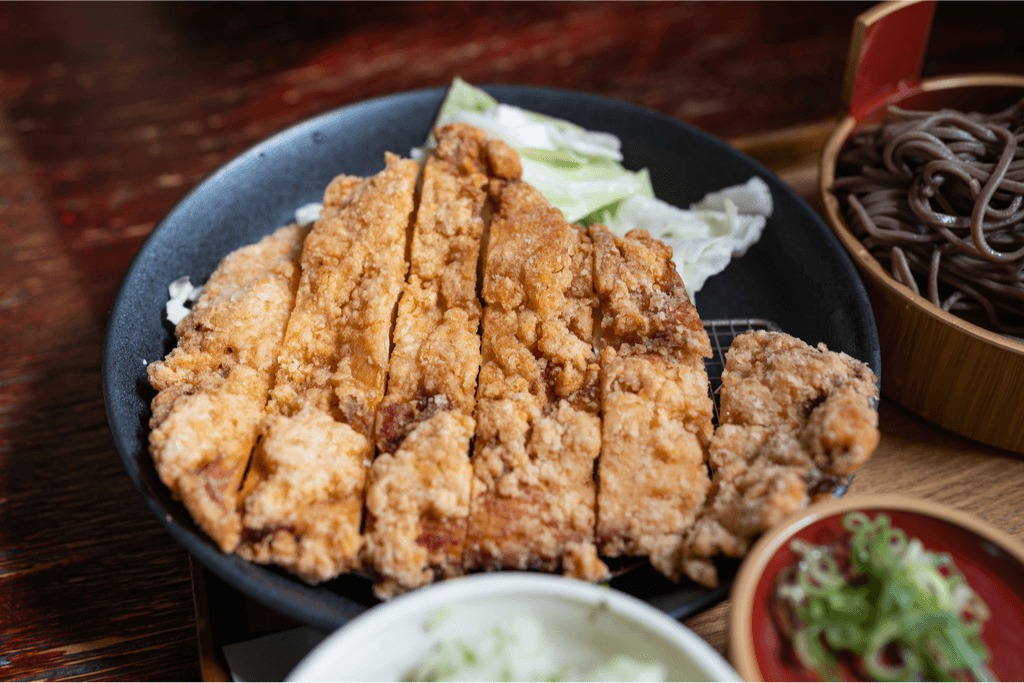
Afterwards, they are coated in potato starch before being deep-fried in order to make this dish. It is especially popular within Nagano and there is even a Sanzoku-yaki Appreciation Society at Matsumoto University.
Tebasaki – Aichi Prefecture
This style of karaage is especially popular in Nagoya City. Tebasaki is crispy chicken wings coated with a savory sauce and sprinkled with a variety of spices. This gives the consumer a variety of flavors to indulge in. They are similar to American-style wings, although the crispy coating is second to none.
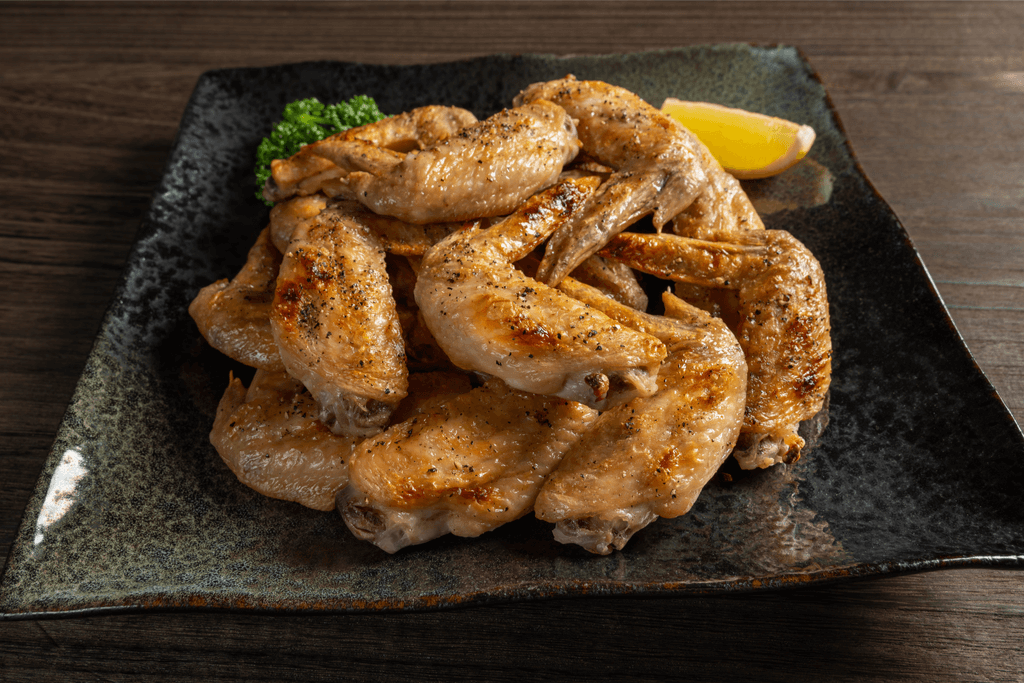
Nakatsu Karaage – Oita Prefecture
Although Usa City is where karaage specialty stores were born, Nakatsu City has their own unique style of karaage as well.
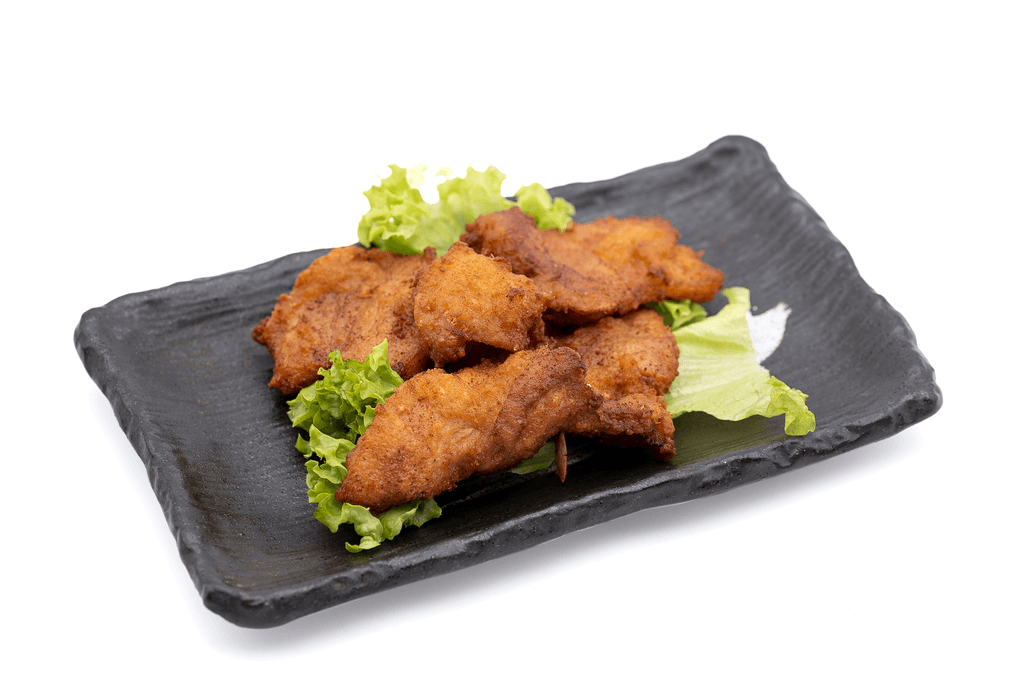
Many of the stores will often marinate their chicken in a blend of soy sauce, garlic, ginger, and other condiments including fruit. Not only is their karaage unique, but their stores sell chicken in a variety of ways, including gizzards and even cartilage.
Beating Kentucky Fried Chicken and an Unexpected Fan
Nakatsu City has another interesting Japanese fried chicken fact, a local story that has been passed down with pride. In the fall of 1990, the famous American fast-food chain, Kentucky Fried Chicken opened up a store just two kilometers from Nakatsu Station.
Many of the local karaage shops feared that it would spell their demise, but to their surprise, the KFC store had closed down by May 1995 due to poor sales and a bad location.
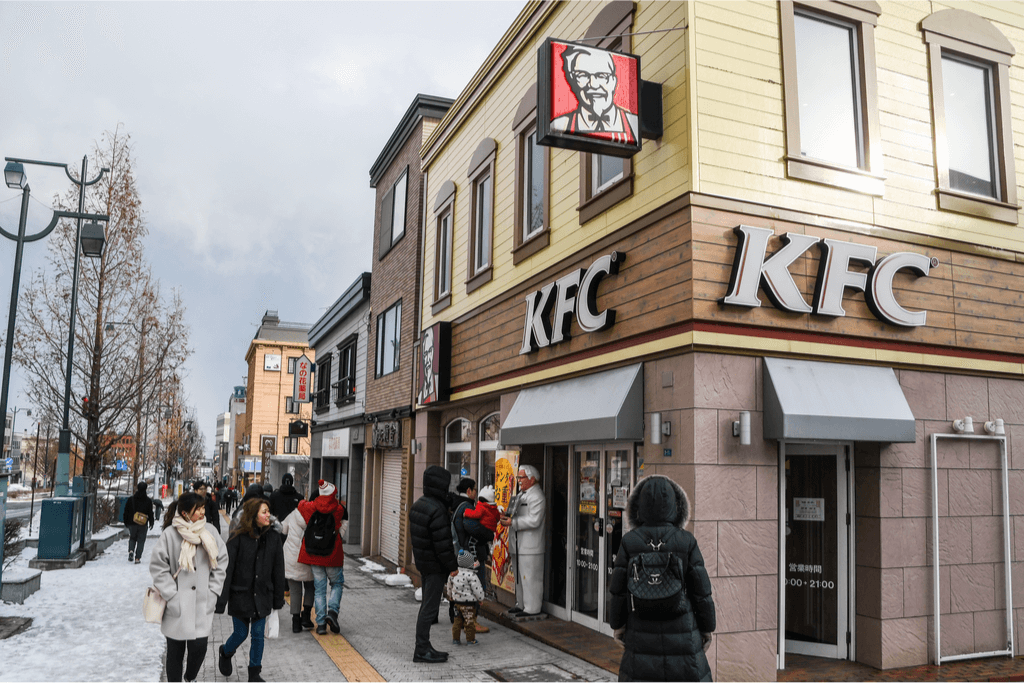
Nakatsu’s proverbial victory over KFC became a source of local pride among the karaage shop owners. In 2007, KFC returned to Nakatsu, this time situating itself closer to the station. It branded itself as not a competitor, but a different food altogether, finding a compromise with the region’s karaage stores.
In addition to its proverbial victory over KFC in Nakatsu, Japanese fried chicken is also world-famous. Most notably late chef/food critic Anthony Bourdain said in 2016 that one of his guilty pleasures is Lawson (a convenience store chain in Japan) karaage. To put it simply, he “never [got] on the plane without loading up on [karaage].” Have you tried karaage Japanese fried chicken before? What style do you like the best? Let us know in the comments below.

Discover authentic flavors with Sakuraco
Get Sakuraco 

Discover authentic flavors with Sakuraco
Get Sakuraco 
Related Articles

Hatsumode: Why Is It Japan’s Most Important Tradition?
Hatsumode is the first visit to a shrine or temple in the New Year in Japan, and it is one of the country’s most important traditions. Every year, millions of people participate, demonstrating the profound connection between this custom and daily life.

Japanese Fish Bait: The Beautiful Art of Kebari
Kebari are traditional hand-tied flies used for freshwater fishing in Japan, especially in mountain streams where small insects form the main diet of native fish. Instead of bright plastic lures, kebari use feathers, thread, and natural materials to create subtle movements in the water.

Japan Holidays Guide: Relax, Explore, and Delight in Festive Fun
As the year draws to a close, everywhere buzzes with preparations for the holidays, and Japan is no exception. Despite the cold winter weather, you can feel warmth in the scenery, decorations, and festive activities across the country. Let’s explore the unique experiences of holidays in Japan that many people dream of enjoying at least once in their lifetime!

Tokyo Gardens: Five Beautiful Traditional Japanese Gardens to Visit
Tokyo gardens offer a relaxing escape for visitors looking to get a breath of fresh air. However, Tokyo has more than just the typical gardens we see in the West. Let’s explore five traditional Japanese gardens and what makes them unique!



